St Brigids Cross
Brigid’s Cross, along with the Shamrock and the Harp, is a lovely symbol of Ireland that can trace its roots back to Celtic mythology. Crafted from rushes or straw on January 31st, the eve of St. Brigid’s Day, the cross is woven left to right, after the movement of the sun. It has a layered square at its center with four arms radiating out, each one tied at the ends.
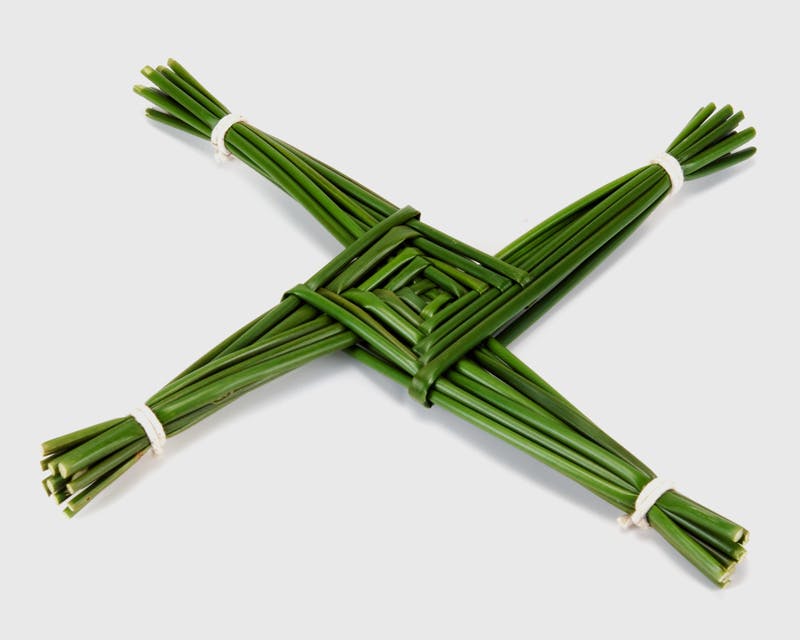
A Celtic Goddess
Brigid was a Celtic goddess of poetry, healing and fertility with a feast day, called Imbolc, celebrated each February 1. The feast day marked the beginning of spring and new life. Rush crosses and small figures of Brigid, Brídeóg, were fashioned and hung in homes and stables to protect the health of people and livestock.
A Christian Saint
St Brigid of Kildare was reportedly born a slave in Dundalk around 451 AD. She rose to become a nun, abbess and a founder of several monasteries, most notably in Kildare. The story of the lovely cross which bears her name has several tellings. The most famous of these has Brigid weaving a cross from rushes that were covering the floor at the bedside of a dying pagan chieftain. As St. Brigid explained the cross, her words soothed the dying man and he was moved to be baptized before passing away in peace.
St. Brigid is said to have peacefully passed away herself on February 1st, AD 523. Since that time and in the centuries that followed, Irish people have celebrated their patron saint by making and displaying her cross to bless their home each year.
With time and the retelling, the mythology of the Celtic goddess and the Saint have become inextricably linked.
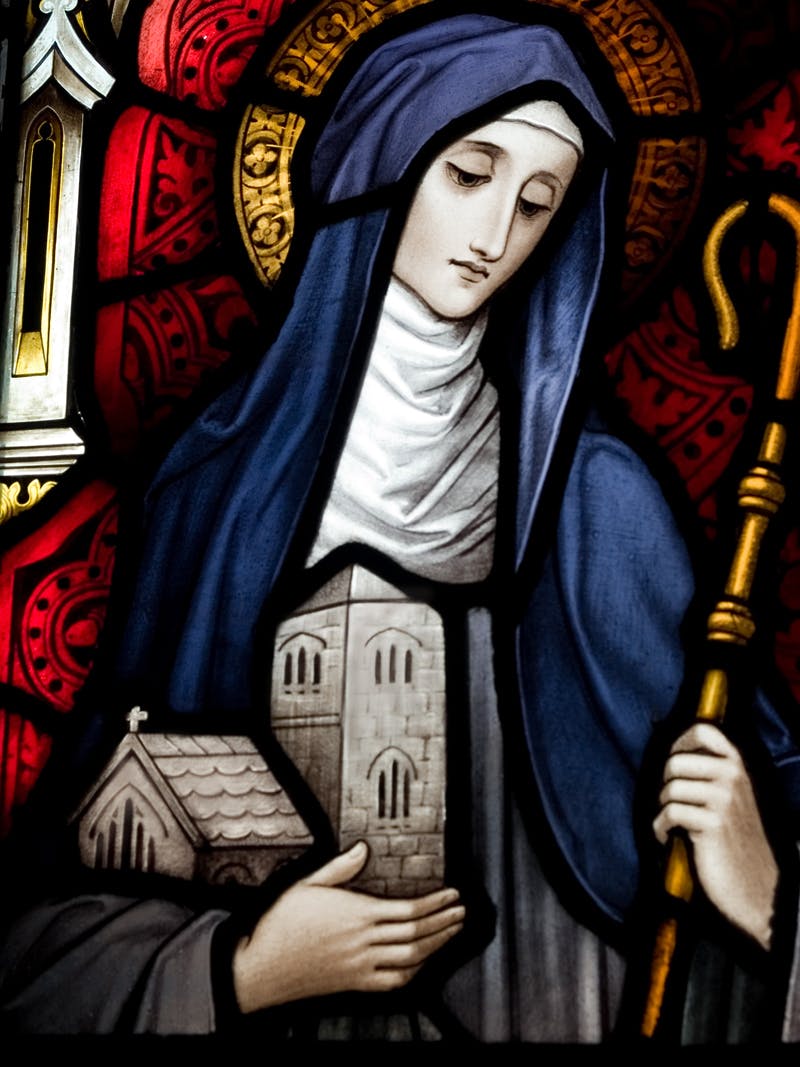
A Traditional Blessing
It is this wonderful history that inspires the design of our Brigid’s Crosses, recreating the intricate woven texture of rushes in silver and gold.
And we pass on a traditional blessing for the St. Brigid’s Cross, “May the blessing of God and the Trinity be on this cross, and where it rests and on everyone who looks at it.”


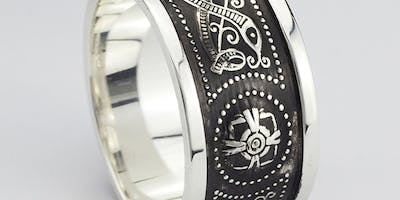

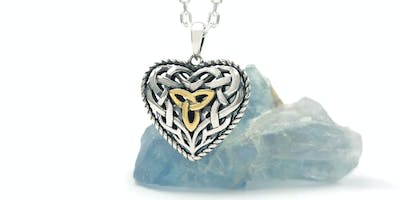
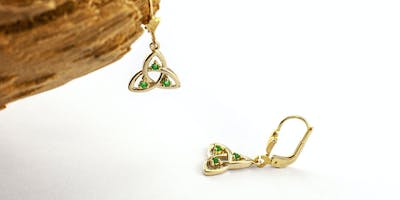

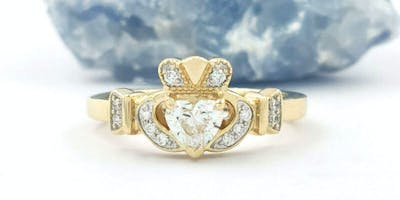
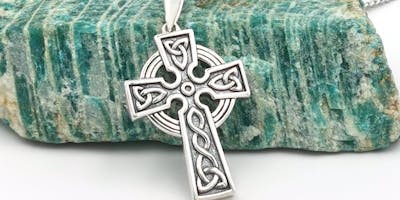

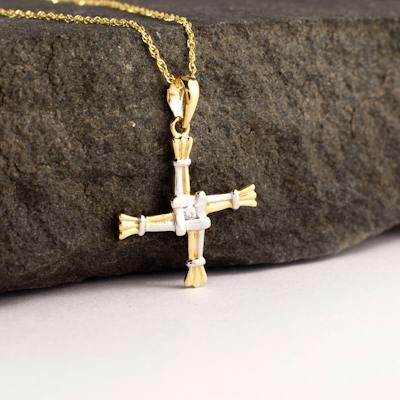
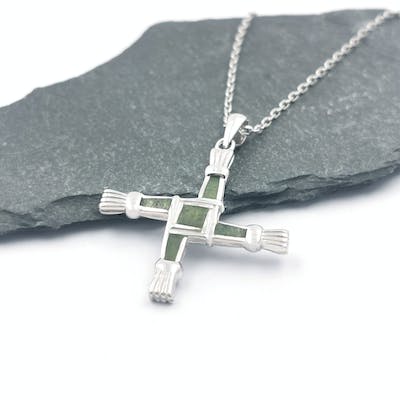
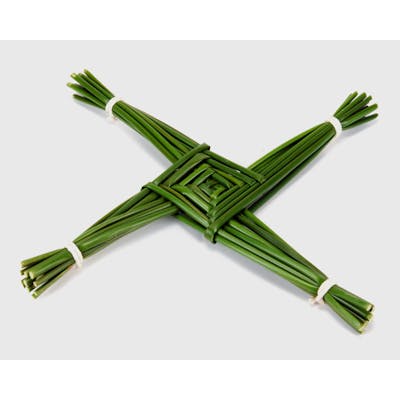
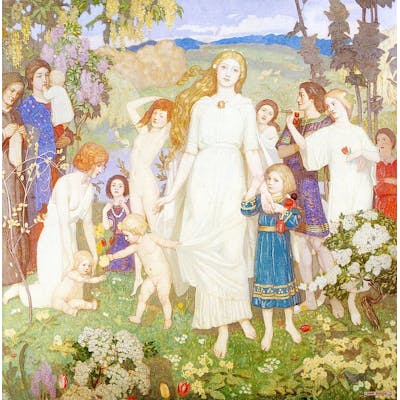
 Ask Gemma
Ask Gemma